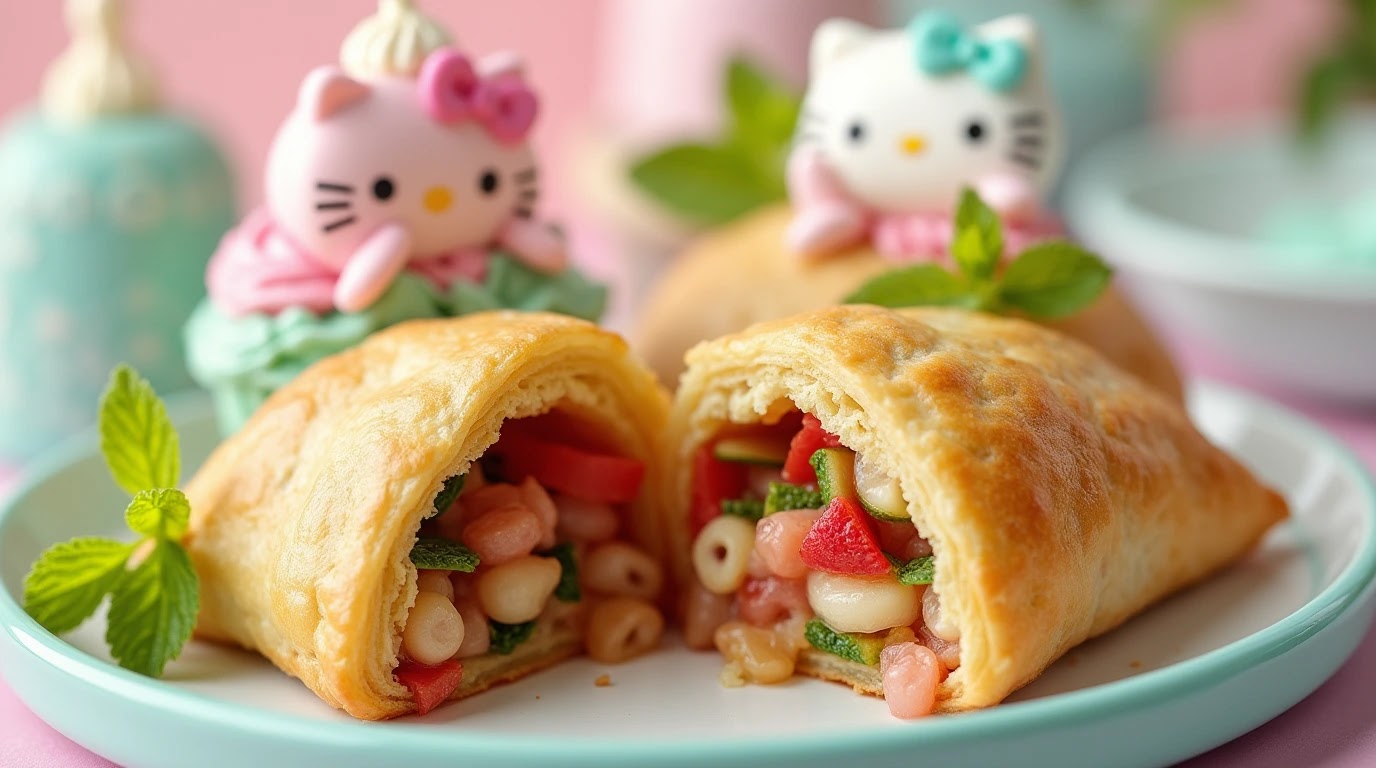Iron-Rich Foods: Your Complete Guide to Boosting Iron Intake Naturally
Discover how to optimize your iron intake with this comprehensive guide to iron-rich foods and absorption techniques.
Iron deficiency affects millions worldwide, but understanding and incorporating iron-rich foods into your diet doesn't have to be complicated. Whether you're vegetarian, athletic, or simply looking to boost your iron intake, this guide will help you make informed choices about your nutrition.
Understanding Different Types of Iron
When it comes to dietary iron, not all sources are created equal. Let's explore the two main types of iron you'll find in foods:
Heme Iron: The Efficient Absorber
Heme iron, found exclusively in animal products, is your body's preferred form of iron. With absorption rates up to 30%, it's the most efficient way to increase your iron intake. You'll find heme iron in:
- Red meat (beef and lamb)
- Organ meats (liver and kidney)
- Poultry (chicken and turkey)
- Seafood (particularly shellfish)
- Fish (especially sardines and tuna)
Non-heme Iron: The Plant-Based Powerhouse
While non-heme iron may have lower absorption rates (2-10%), it's still a crucial part of a balanced diet, especially for vegetarians and vegans. Rich sources include:
- Dark leafy greens (spinach, kale, and collard greens)
- Legumes (lentils, beans, and chickpeas)
- Whole grains (quinoa and fortified cereals)
- Nuts and seeds (pumpkin seeds and cashews)
- Dried fruits (apricots and raisins)
Maximizing Iron Absorption: Smart Combinations
The Vitamin C Connection
Want to get the most from your iron-rich foods? Pair them with vitamin C sources:
- Add bell peppers to your steak stir-fry
- Top your morning cereal with strawberries
- Include citrus fruits with your meals
- Squeeze lemon over your leafy greens
- Snack on vitamin C-rich fruits with iron-fortified foods
Meal Planning for Optimal Iron Intake
Breakfast Ideas
- Oatmeal with dried fruits and seeds
- Whole grain toast with eggs and spinach
- Iron-fortified cereal with vitamin C-rich berries
Lunch Options
- Quinoa bowl with chickpeas and roasted vegetables
- Tuna sandwich on whole grain bread with bell peppers
- Lentil soup with tomatoes
Dinner Combinations
- Lean beef stir-fry with broccoli
- Grilled chicken with sautéed spinach
- Bean and vegetable curry with brown rice
Special Considerations
For Athletes
Athletes often need more iron due to increased demands on their bodies. Focus on:
- Regular consumption of lean meats
- Iron-fortified breakfast cereals
- Combining plant-based sources with vitamin C
- Post-workout meals rich in iron
For Vegetarians and Vegans
Plant-based eaters can maintain healthy iron levels by:
- Eating plenty of legumes and whole grains
- Including vitamin C with iron-rich meals
- Using cast-iron cookware
- Considering iron-fortified foods
- Planning meals to optimize absorption
Common Myths About Iron-Rich Foods
Let's dispel some common misconceptions:
- Myth: Spinach is the best source of iron Truth: While spinach contains iron, its absorption is limited. Combine it with vitamin C for better results.
- Myth: You need to eat red meat daily for adequate iron Truth: A varied diet with different iron sources can meet your needs.
- Myth: Coffee and tea don't affect iron absorption Truth: These beverages can decrease iron absorption when consumed with meals.
Tips for Incorporating More Iron-Rich Foods
- Start your day with iron-fortified breakfast cereals
- Keep dried fruits and nuts as convenient snacks
- Use cast-iron cookware when possible
- Plan meals around iron-rich proteins
- Include a variety of colorful vegetables
Conclusion
Maintaining adequate iron levels doesn't require drastic dietary changes. By understanding iron-rich food sources and how to optimize their absorption, you can easily incorporate them into your daily meals. Remember to choose a variety of sources and combine them thoughtfully for maximum benefit.
Always consult with your healthcare provider before making significant changes to your diet, especially if you have specific iron needs or concerns.
Looking to learn more about nutrition and healthy eating? Subscribe to our newsletter for weekly tips and recipes!


Comments
Post a Comment